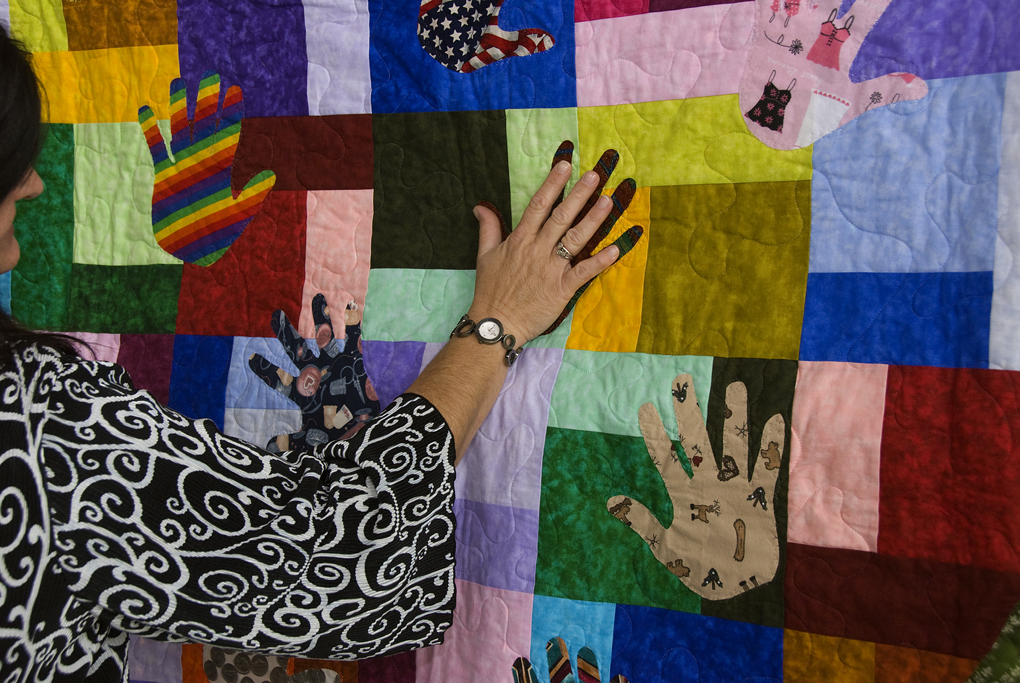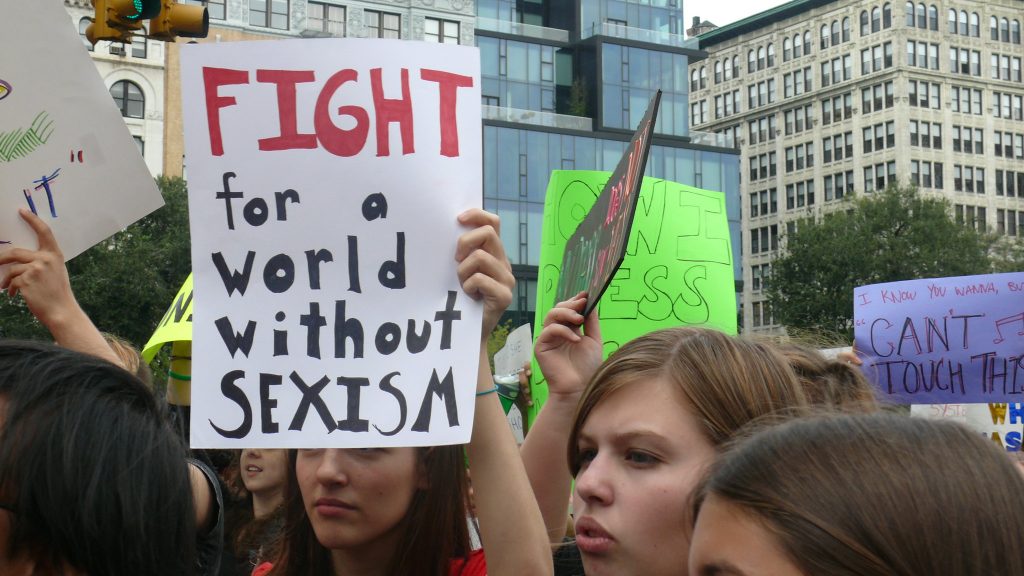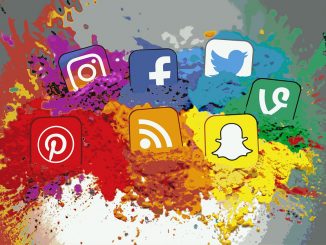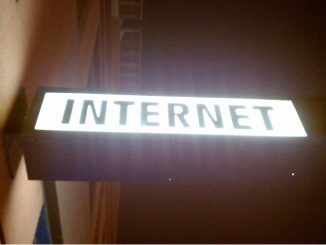
In 2013, The Autcomplete Truth, an advertisement jointly created by Memac & Mather Dubai, revealed the prevalence of discrimination against women in Google search engine(Noble, 2020) .It shows that, if one searches for “Women should” in Google search engine, keywords, such as “women should stay at home, be slaves, be in the kitchen, not speak in church”, will pop up automatically. This advertisement reflects not only Internet’s discrimination against women, but also the impact of structural inequalities on Internet’s
Un Women. (2013,November 19). The Autocomplete Truth. [Video].Youtube. https://www.youtube.com/watch?v=IkNlGuW-0g8
Structural inequalities of the Internet are caused by the privilege system created by institutions of economies, particularly inequality of education, medical and health care, residence separation, gender bias, etc(Souter, 2018). Since the 1990s, a large number of scholars have been deeply aware that the Internet is no longer a booster of equality. Its institutional infrastructures and its utilization are subject to the impact of communication policies and regulations, and can dominate the powerful business institutions and political interests (Pan, Z., Yan, W., Jing, G., & Zheng, J. 2011). This has led to the lack of Internet monitoring, imbalance of the algorithm, protection of minority’s interests, gender discrimination and so on. This paper proceeds from the historical, economic, and cultural perspective to examine the unfair treatment for females on the Internet, and whether the in-equal phenomena are gradually increasing or decreasing.
Historical factors
Turner (2021, p. 236) points out in his interview entitled “Counterculture and Cyberculture in Silicon Valley” that the counterculture movement of 1960 ushered people into a world of technology sharing, but it also brought about many racial and gender biases to the Internet industry. These biases are reflected as a majority of technological personnel in Silicon Valley as the educated white males, while female counterparts just account for 25% of the total (Corbyn, 2018). This situation is not limited to Silicon Valley. According to the global enterprise demographic statistics of Google in 2021, females just took up 33.7% of Google’s workforce (Statista, 2021) . The gender disproportion has fueled up Internet’s structural inequalities. It is questionable how an industry with such a serious gender disproportion can create a fair cyberspace. Besides, this has led to gender biases of many network platforms or algorithms upon their design. Undoubtedlly, this has aggravated cyberspace’s discrimination against females.
Economic factors
Imbalance of algorithms
In today’s Internet era, Google, Facebook and other social media platforms have controlled almost 90% of search engine advertisements. This suffices to show the critical importance of algorithms behind the search. Grazia Cecere (2020), an economist of Institut Mines-Télécom Business School, holds that advertisement algorithms of most social media platforms are biased. For example, Facebook restricts its machinist advertisements to males only, while females can only read advertisements about nurses. In some developing countries, there are shopping advertisements targeted at males, for it is believed that males have a stronger purchase power than females. Through the above cases, one can observe that biases of advertisement algorithms can exert a significantly negative impact on social value. At the same time, these biases have deepened netizens’ gender biases.
Improper regulation
Amnesty International carried out an online public opinion poll of eight high-income countries. 23% of female respondents reported their experience of maltreatment or harassment of different forms on social media platforms.At the same time, 65% of female respondents regarded online harassment as normal. All the aforesaid phenomena suggest that online gender discrimination has been deluging, and that regulation of online crimes is lacking. Under most conditions, the electronic monitoring system cannot clearly distinguish flirting from pornography. Therefore, an increasing number of females have lost their confidence in the network in recent years. Thy have started changing their network models, giving up sharing their own life. This has forced them to abandon the rights in the cyberspace. Amnesty International points out the freedom of speech should exclude propagation of hate or violence. More importantly, every individual should have the right to speech equally. These individuals include females, who should also have their rights to express and reject online and offline violence and maltreatment.
 “Diversity quilt” by OregonDOT is licensed under CC BY 2.0
“Diversity quilt” by OregonDOT is licensed under CC BY 2.0
Cultural factors
Driven by the advocacy of free knowledge sharing by neo-democratic anti-bureaucrats and Internet founders, the Internet has been celebrated as a kingdom of freedom which is out of national regulation (Turner 2021, -p. 244). In spite of mechanical regulation of platforms and supervision of institutions, there have not yet been any punishment systems. This has made many people regard the Internet as a haven for crimes. The abuse of anonymity is obviously an important cause of gender discrimination. Anonymity gives people an illusion that they can do something illegal but without receiving any punishments. The gradual loss of self-awareness has slowly weakened individuals’ perception of responsibility and obligation. The Internet has become a place for people to show their evil side, and a place full of gender harassments, insultations, ponorgraphy, crime and violence.
Are the phenomena increasing or decreasing?
Though the structural inequalities have caused inequal distribution of rights, gender discrimination, lack of supervision, abuse of power, etc. Recent years, however, have also witnessed tremendous efforts made to address the inequalities. For example, a non-profit organization called “Black Girl Code” committed to providing education on programming, network, robot, and mobile application education, has been set up (blackgirlscode, 2021). The organization has provided a large number of positions for colored races. Its role has exerted a positive impact on the Internet and the whole society. At the same time, Facebook increased dozens of gender options for users on February 14, 2014 to show its inclusiveness to gender diversity. Users are no longer required to fill in their physiological gender, which, though meaning no much difference to a majority, is otherwise of vital significance for the minority groups, such as homosexuals, bisexuals and transgenders, who have thus gained the freedom to be their real selves. Genders, who are reluctant to disclose their gender can also reject filling in the gender information, which is also conducive to promoting gender diversity and equality. (Goldman ,2014)

“Fight for a world without sexism” by ctrouper is licensed under CC BY 2.0
Vision of the Internet industry
Obviously, the lack of monitoring, market monopoly, discrimination against and harassment of females are attributable to structural inequalities, and structural inequalities have exerted a huge impact on gender, race, social class, nationality, disability, sexuality. But we should be aware that, in this information era where technology is flourishing, none can get rid of the cyberspace. Therefore, how to improve the network structure has been an imperativeness, and the digital platform era that is free of regulation or relies on self-regulation is seemingly coming to an end (Flew, 2018). Chances are high that the Internet will embrace a new regulator model, which features the combination of soft law and co-regulation. This means that regulatory institutions are in a position to draw up general rules and laws; the industry will regulate its applications; the government regulatory institutions and parliaments are responsible for regulating the practices of regulatory institutions and the industry. The new-type model can hopefully create a fairer, race-free and diverse cyberspace.
Since this paper focuses on discussing the impact of structural inequalities in the cyberspace on the cyberspace gender, results show that disadvantages have outweighed advantages. But an undeniable fact is that network platforms, such as Google, Facebook, and YouTube, have played a positive role in technological development and life of the human society. They have made immeasurable contributions to world’s technology, economy, life and art.
The internet does not have a way to creative a peaceful online environment.
It is all about our choice.
 “peace dove” by Cornelia Kopp is licensed under CC BY-ND 2.0
“peace dove” by Cornelia Kopp is licensed under CC BY-ND 2.0
References
Noble, S. U. (2020). A Society, Searching. In Algorithms of Oppression (pp. 15–63). New York University Press. https://doi.org/10.18574/9781479833641-003
Amnesty.(2017Nov 20). Amnesty reveals alarming impact of online abuse against women. https://www.amnesty.org/en/latest/press-release/2017/11/amnesty-reveals-alarming-impact-of-online-abuse-against-women/
Pan, Z., Yan, W., Jing, G., & Zheng, J. (2011). Exploring structured inequality in Internet use behavior. Asian Journal of Communication, 21(2), 116–132.
https://doi.org/10.1080/01292986.2010.543555
Souter, D. (2018). Inside the Information Society: ICTs, the Internet and structural inequality. Association for Progressive Communications.
https://www.apc.org/en/blog/inside-information-society-icts-internet-and-structural-inequality
Lusoli, A., & Turner, F. (2021). “It’s an Ongoing Bromance”: Counterculture and Cyberculture in Silicon Valley—An Interview with Fred Turner. Journal of Management Inquiry, 30(2), 235–242.
Corbyn, Z. (2018). Why sexism is rife in Silicon Valley. The guardian.https://www.theguardian.com/world/2018/mar/17/sexual-harassment-silicon-valley-emily-chang-brotopia-interview
Goldman, R. (2014). Here’s a List of 58 Gender Options for Facebook Users. ABC News.https://abcnews.go.com/blogs/headlines/2014/02/heres-a-list-of-58-gender-options-for-facebook-users
Flew, T. (2018). Platforms on trial. InterMedia.pp24-29. https://www.iicom.org/intermedia/intermedia-july-2018/platforms-on-trial/
Ipsos MORI,(2017). Online abuse and harassment. Ipsos MORI.
https://www.ipsos.com/ipsos-mori/en-uk/online-abuse-and-harassment
Cecere, G., Jean, C., Guel, F. L., & Manant, M. (2020). Stem and Teens: An Algorithmic Bias on a Social Media.
Lusoli, A., & Turner, F. (2021). “It’s an Ongoing Bromance”: Counterculture and Cyberculture in Silicon Valley—An Interview with Fred Turner. Journal of Management Inquiry, 30(2), 235–242.
Un Women. (2013,November 19). The Autocomplete Truth. [Video].Youtube. https://www.youtube.com/watch?v=IkNlGuW-0g8
Black girl code. (2020). The future looks like me. Black girl code, https://www.blackgirlscode.com/about-us/
Jones, R.C., (2021, September 9). Facebook accused of allowing sexist job advertising. https://www.bbc.com/news/technology-58487026

Internet:The Everyday Sexism In Digital Life © 2021 by Yue Shen is licensed underCC BY-NC 4.0


